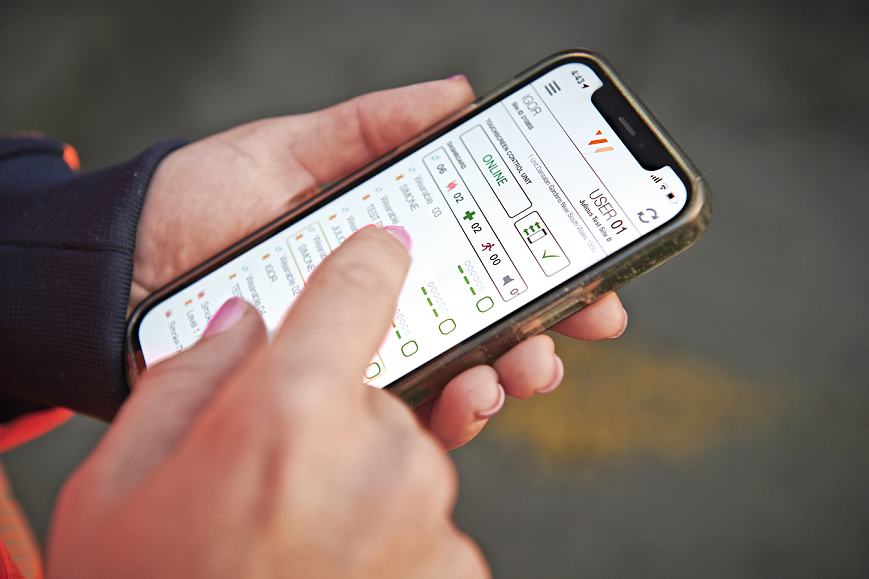The brain is one of the most vital organs in our body, and trauma to the brain, even seemingly minor head injuries, can cause permanent behavioural and cognitive problems, such as memory loss, an inability to concentrate, sleep disorders and in some cases, permanent disability or death. Hard hats - one of the most simple yet innovative pieces of safety equipment, have been used since days of old, where they evolved from a helmet used to provide protection solely in warfare, to the standard protective hard hats we see in industry today.
Read More
